Vineyards
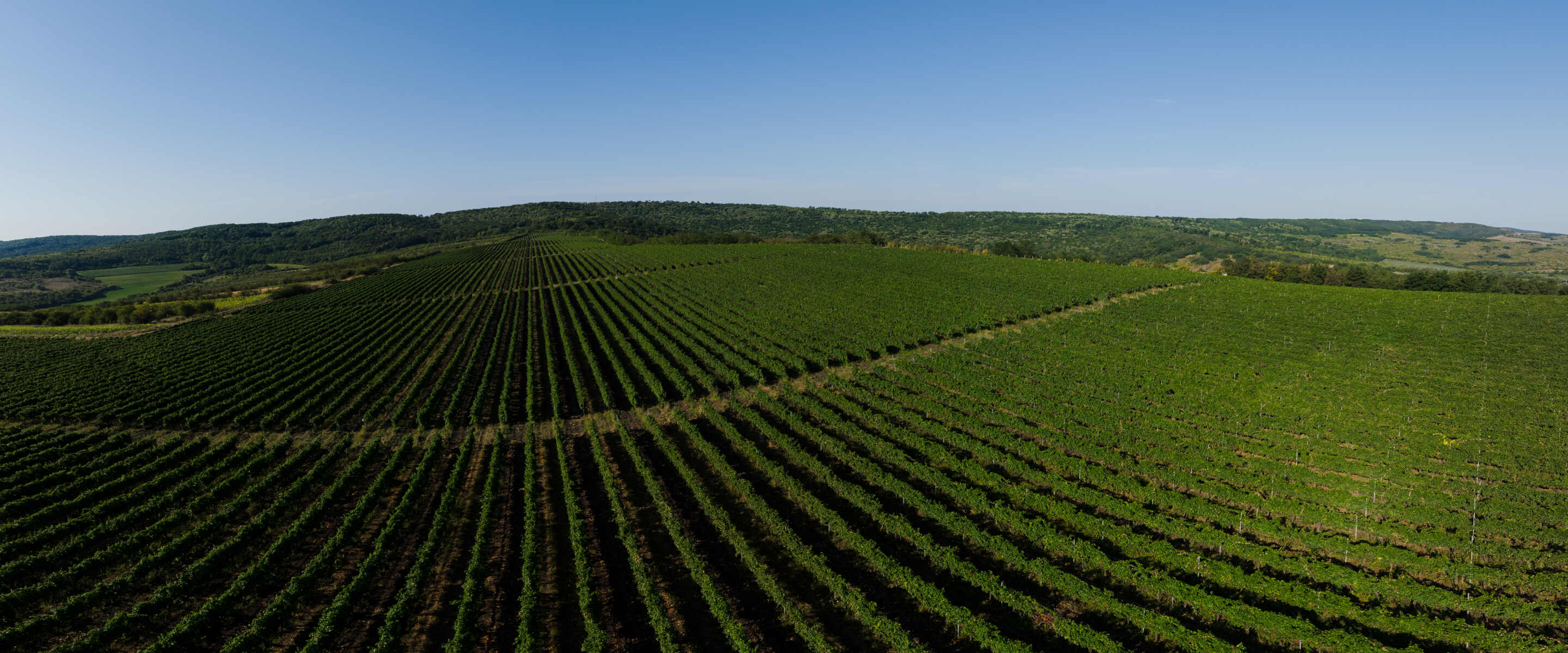
Radacini vineyards represent a seamless blend of tradition and innovation, where a passion for high-quality wines meets a deep respect for the terroir and nature. Spanning hundreds of hectares across Moldova’s three renowned wine regions – Codru, Stefan Voda, and Valul lui Traian – Radacini cultivates international varieties such as Pinot Grigio and Cabernet Sauvignon alongside native grapes like Feteasca Alba and Rara Neagra. Each vineyard benefits from a unique microclimate, shaped by diverse landscapes, the proximity of the Black Sea, and fertile soils, contributing to the distinctive complexity of Radacini wines. From mature vines producing intensely aromatic grapes to younger plantations full of promise, Radacini creates wines that authentically reflect the diversity and uniqueness of various regional terroirs.
Budai
.jpg)

The viticultural traditions of Budai date back to the 19th century, when locals cultivated vines and produced wine for both personal use and trade.
This unique terroir allows white grape varieties to fully express their distinctive personalities, producing wines characterized by elegant aromas and vibrant acidity.
Cultivated Area
A total of 50 hectares:
- 14 ha of Sauvignon Blanc
- 36 ha of Chardonnay
Landscape
Located at altitudes between 150 and 210 meters above sea level, the vineyards are planted on slopes with southern exposure and western and eastern inclination. This natural positioning shields the vines from harsh weather, ensuring their optimal growth.
Soil
The soils, composed of cambic and rendzina chernozems with sandy-loam and clay-loam textures. These are enriched with a mixture of stone and sand and have a neutral pH, favorable for the optimal growth and development of the vines.
Climate
The climate in the area assures idea condition for grape maturation by offering 2,100–2,200 hours of annual sunlight and an average temperature of +9.9°C. Big daytime and night time temperature variations favors the development of grapes with unique characteristics and a distinctive acidity profile specific to Budai area.
Peresecina
.jpg)

This area is well known for its ideal topographical and meteorological conditions to cultivate grapes dedicated for production of elegant sparkling wines.
Also here, one can find specific red grapes as Pinot Noir that require a less warm environment.
Cultivated Area
A total of 72 hectares:
- 17 ha of Pinot Grigio
- 15 ha of Chardonnay
- 15 ha of Sauvignon Blanc
- 10 ha of Muscat Ottonel
- 15 ha of red varieties: Pinot Noir, Malbec, Syrah
Landscape
Peresecina features vineyards at altitudes of 110 to 180 meters with slopes at a gradients of 3–5°. This altitude difference creates a distinctive terroir that yields elegant and complex wines.
Soil
The area is defined mostly by chernozem soils of granular-structure that ensures excellent aeration and drainage and prevents soil compaction. This allows the roots of the vines to grow freely and rich nutrients abundant depths.
Climate
Temperate-continental climate of the area is defined by average annual temperatures of 9.0-10.0°C. Nearby forests moderate temperatures and protect the vines from strong winds, creating a favorable microclimate for balanced grape ripening and high-quality wine production.
Recea
.jpg)

Exclusively dedicated to cultivating Sauvignon Blanc and Pinot Grigio, Recea vineyards are located on gently sloping hills.
The terroir uniquely combines climatic and soil characteristics to produce fresh wines with refined, elegant aromas typical of these varieties.
Cultivated Area
A total of 35 hectares:
- 19 ha of Sauvignon Blanc
- 16 ha of Pinot Grigio
Landscape
Located at altitudes of 150–170 meters with a slope incline of 2°, the vineyards promote slow, balanced grape ripening. This geographical configuration favors preserving the freshness and aromatic complexity of the wines produced on these slopes.
Soil
The chernozem soils in the region facilitate efficient drainage, preventing excess water retention, and favor concentration sugars in the grapes and development of complex aromas, yielding high-quality wines.
Climate
The temperate-continental climate of the area offers ideal growing conditions for white grapes. Mild and short winters with average annual temperature of 9.0–9.5°C protect plants from sever arctic frost and ensures balanced vine growth and gradual grape maturation.
Cimislia
.jpg)

Cimislia is the second-largest vineyard in Radacini Wines’ portfolio, notable for its diverse grape varieties. The region’s favorable climate supports the cultivation of both white and red grapes.
The white wines from Cimișlia are known for their intense aromas, while the red wines are appreciated for their full-bodied character and velvety tannins.
Cultivated Area
A total of 226 hectares:
- 42 ha of native varieties: Viorica, Feteasca Regala, Feteasca Alba, Feteasca Neagra, Rara Neagra
- 82 ha of Pinot varieties: Pinot Grigio, Pinot Blanc, Pinot Meunier, Pinot Noir
- 72 ha of white varieties: Chardonnay, Riesling, Muscat Ottonel
- 30 ha of red varieties: Cabernet Sauvignon, Ancellotta, Bastardo
Landscape
The vineyards are situated at altitudes between 120 and 160 meters above sea level, mostly on southern-facing slopes. This ensures maximum sunlight exposure during the day, supporting efficient photosynthesis and grape development.
Soil
The soils in this vine making areal are predominantly cambic and rendzina chernozems with clay-loam textures, are enriched by tertiary red deposits high in iron and microelements, which enhance the quality of the wines.
Climate
The region enjoys 320 sunny days per year offering generous sunlight exposure to plants and favoring optimal ripening of grapes. The perfect balance of sunlight and moderate humidity is fostering a microclimate ideal for production of premium-quality grapes.
Albota
.jpg)

As the largest vineyard in Radacini Wines’ portfolio, Albota is home to some of the oldest red grape plantations. The deep roots of the vines here absorb essential nutrients and minerals from the soil, resulting in grapes with complex and intense aromas.
This area produces high-quality wines that express the true character of the terroir, infused with a unique personality.
Cultivated Area
A total of 272 hectares:
- 102 ha of Pinot Grigio
- 41 ha of Muscat Ottonel
- 8 ha of Chardonnay
- 3 ha of Bastardo
- 46 ha of Merlot
- 72 ha of Cabernet Sauvignon
Lanscape
The vineyards are located at altitudes between 120 and 160 meters above sea level, predominantly on slopes with eastern and western exposures and a 2° incline. These features create a favorable microclimate, enabling optimal sugar accumulation in the grapes.
Soil
The soils in the region are primarily ordinary and carbonate chernozems with granular structures that ensures good aeration, facilitates oxygen absorption by the roots, and prevents water stagnation.
Climate
The temperate-continental climate of the region also has some influences from the Black Sea. The unique specificity of the region provides ample sunshine and high yet balanced temperatures, ideal for cultivating premium grapes.
Balabanu
.jpg)

Balabanu is the youngest vineyard in Radacini’s portfolio, planted to meet market trends and new consumer preferences.
This area focuses on Pinot varieties, prized for their versatility and high quality, producing wines with delicate aromas and elegant, distinctive profiles.
Cultivated Area
A total of 130 hectares:
- 84 ha of Pinot Grigio
- 19 ha of Pinot Blanc
- 27 ha of Pinot Noir
Lanscape
The vineyards lie at an altitude between 120 and 140 meters above sea level, predominantly on slopes with eastern and western exposures, ideal for cultivating vines. This setting creates a temperate climate essential for healthy development of grapes.
Soil
The soils in the area are composed of ordinary and carbonate chernozems with a balanced pH that favours good nutrients absorption by plants. Chernozem soils are rich in a large variety of essential minerals that support vigorous plant growth and contribute to the complex, characteristic aromas of Balabanu wines.
Climate
The temperate-continental climate, complemented by Black Sea breezes create favorable conditions for vine growing. Generous sunlight delivers an optimum crop yield while high temperatures are balanced by cooling breeze from the sea. These factors ensure healthy vine development and the creation of wines with delicate flavors.

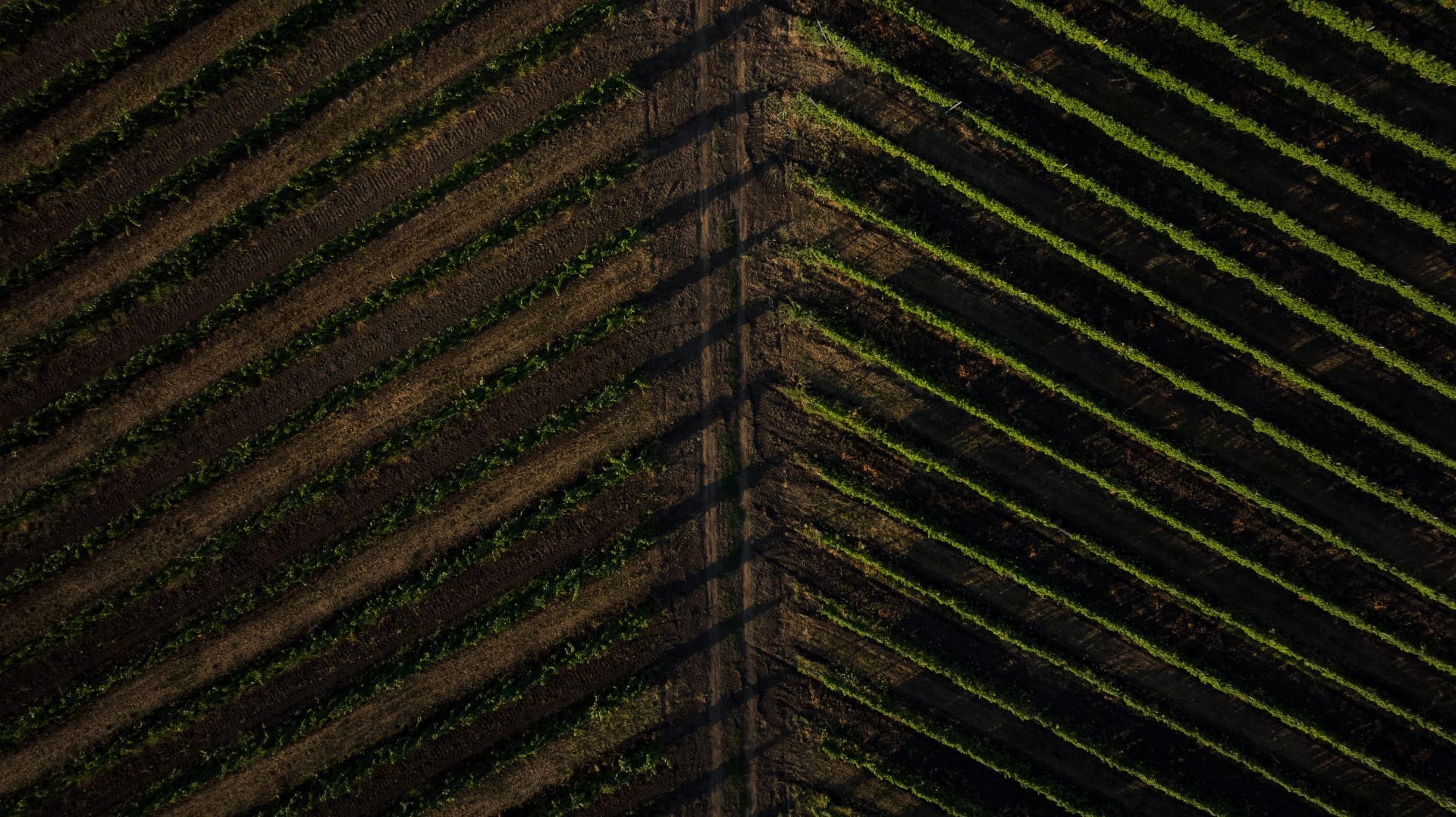
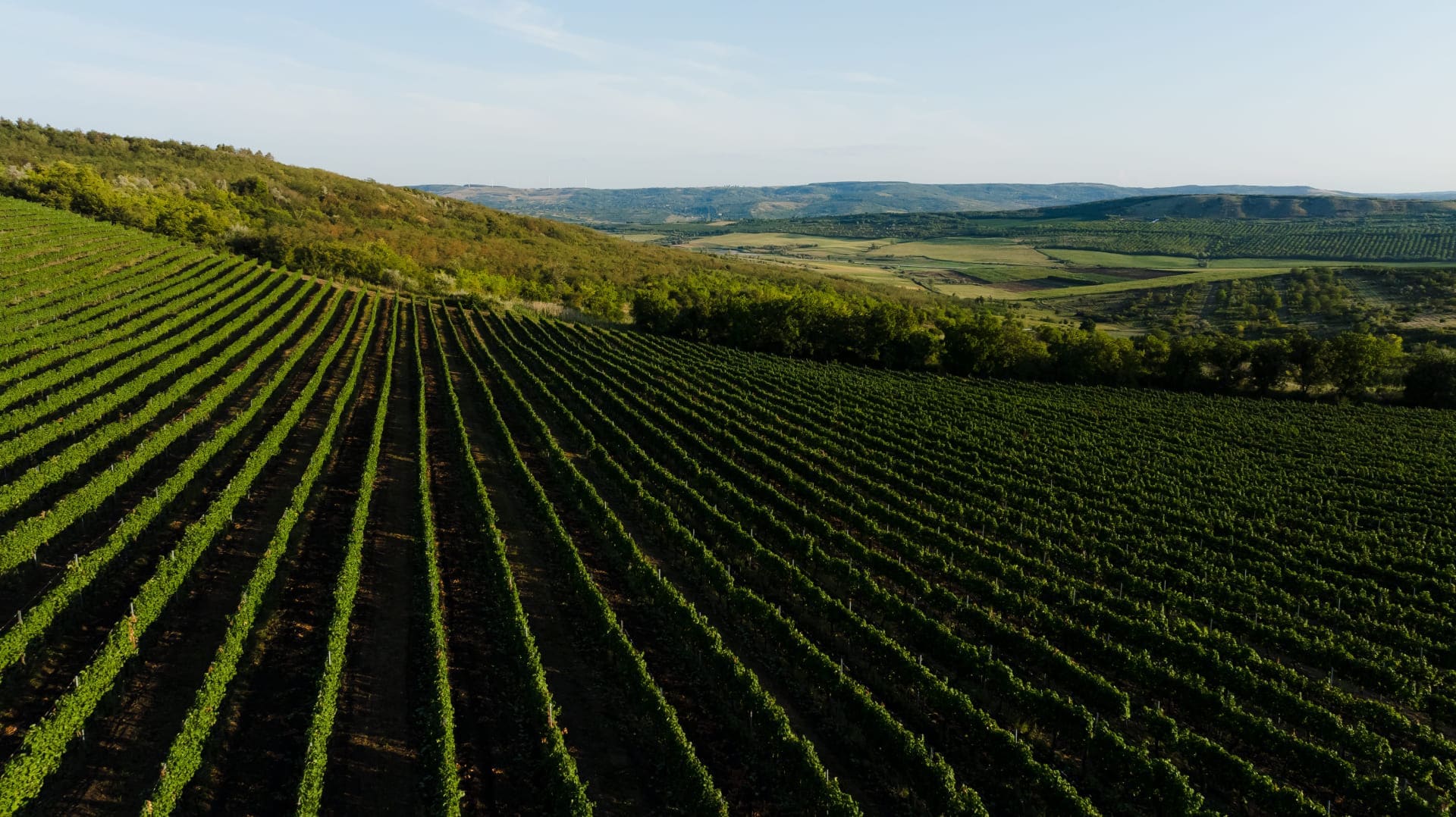
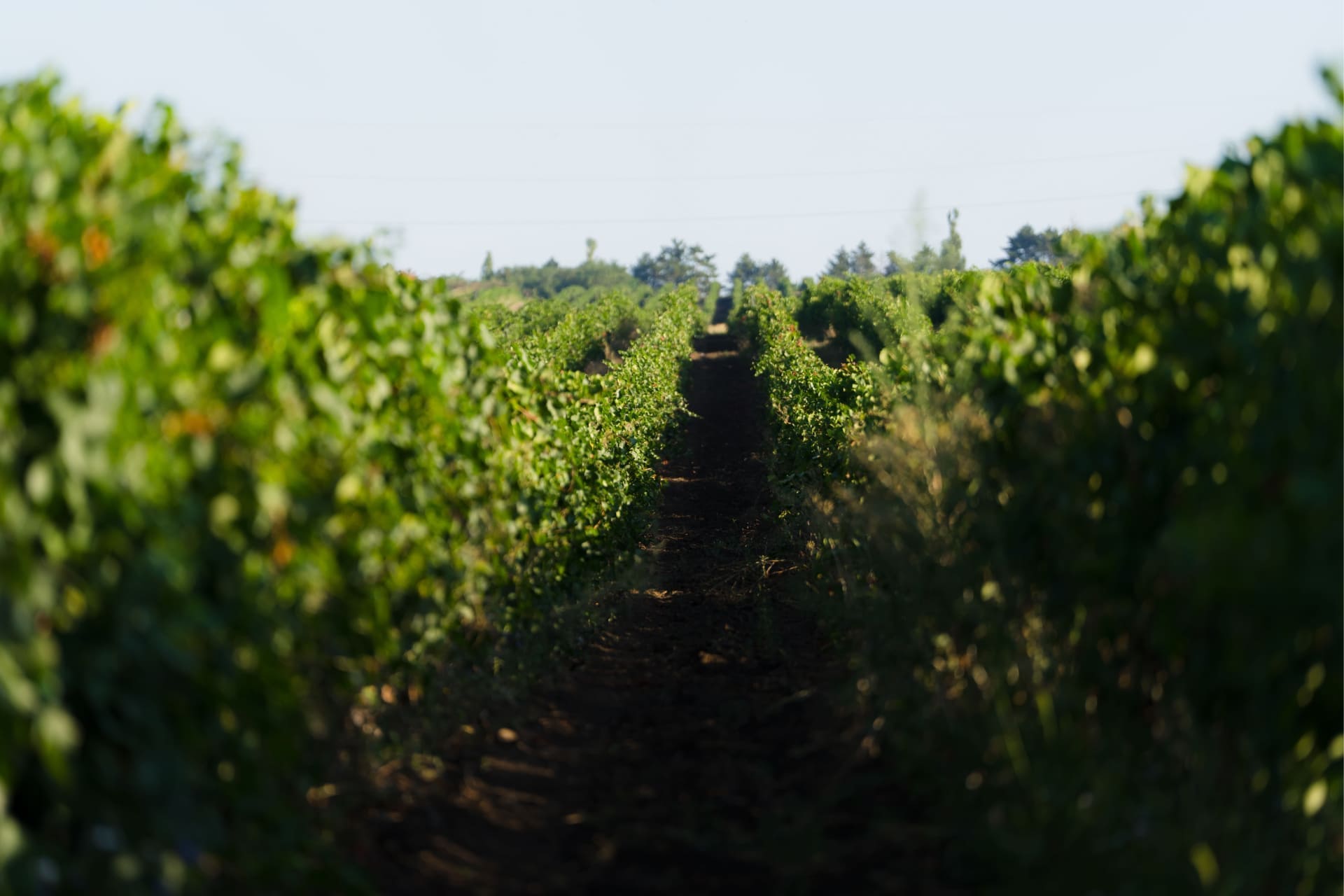
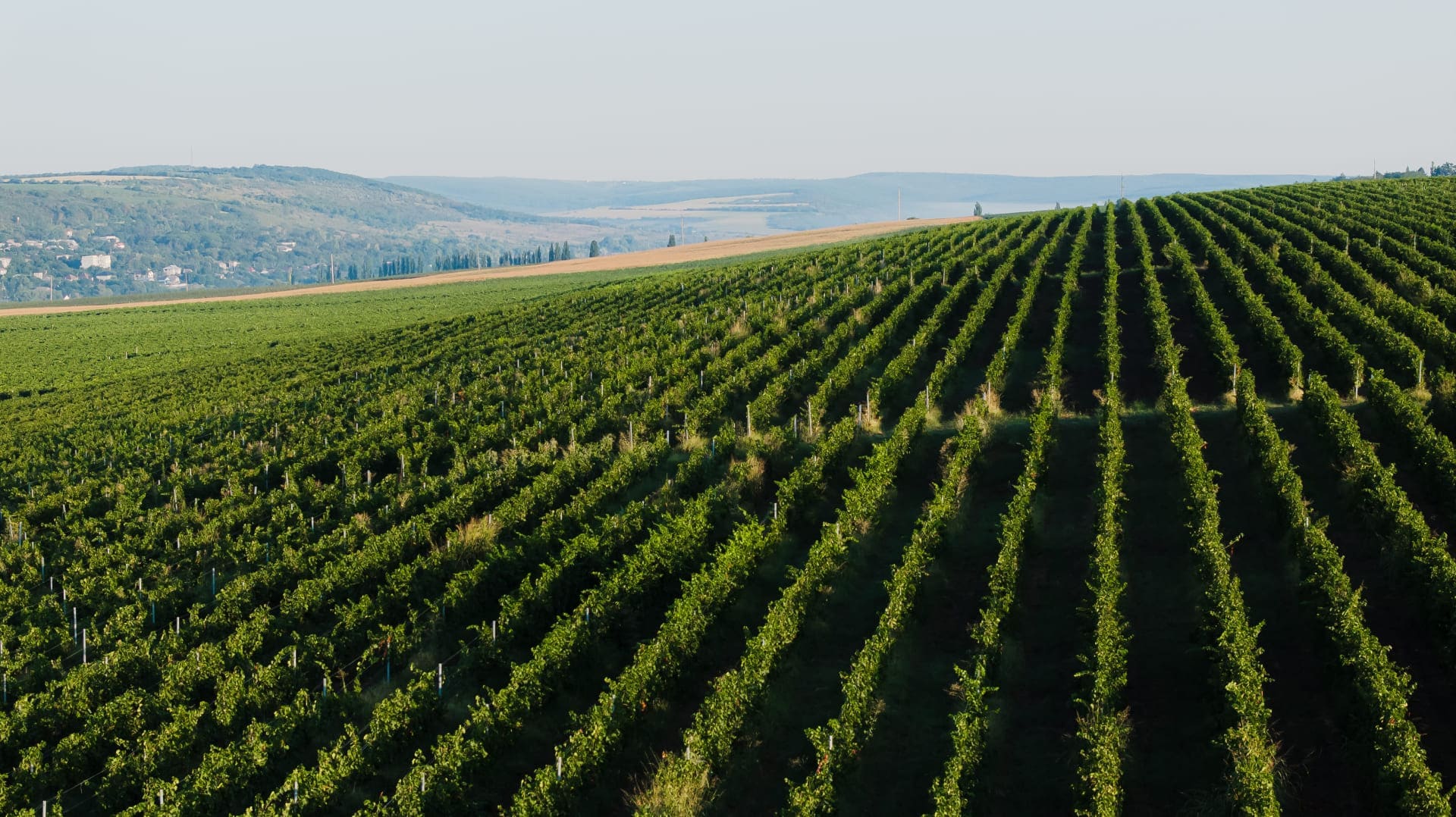
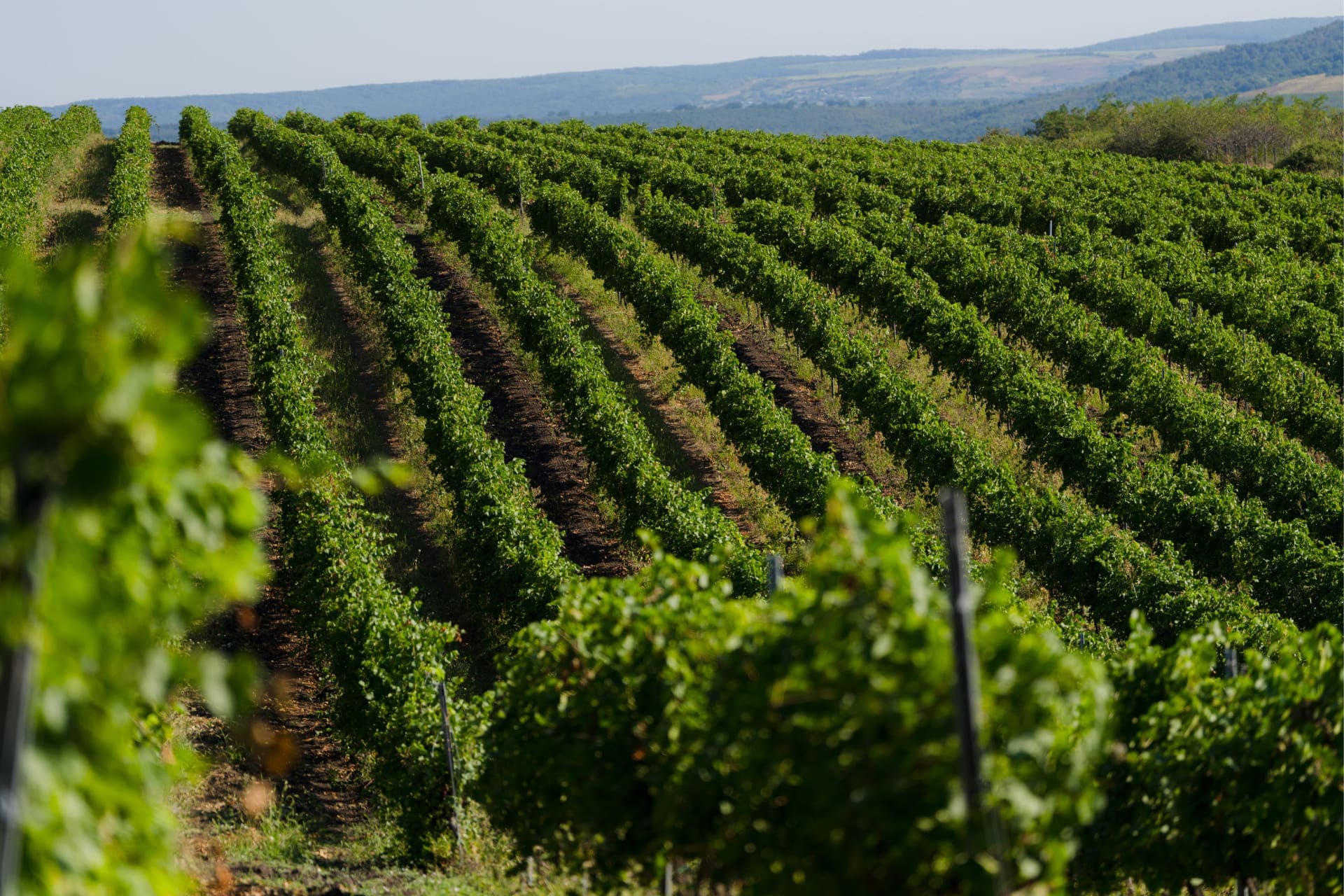
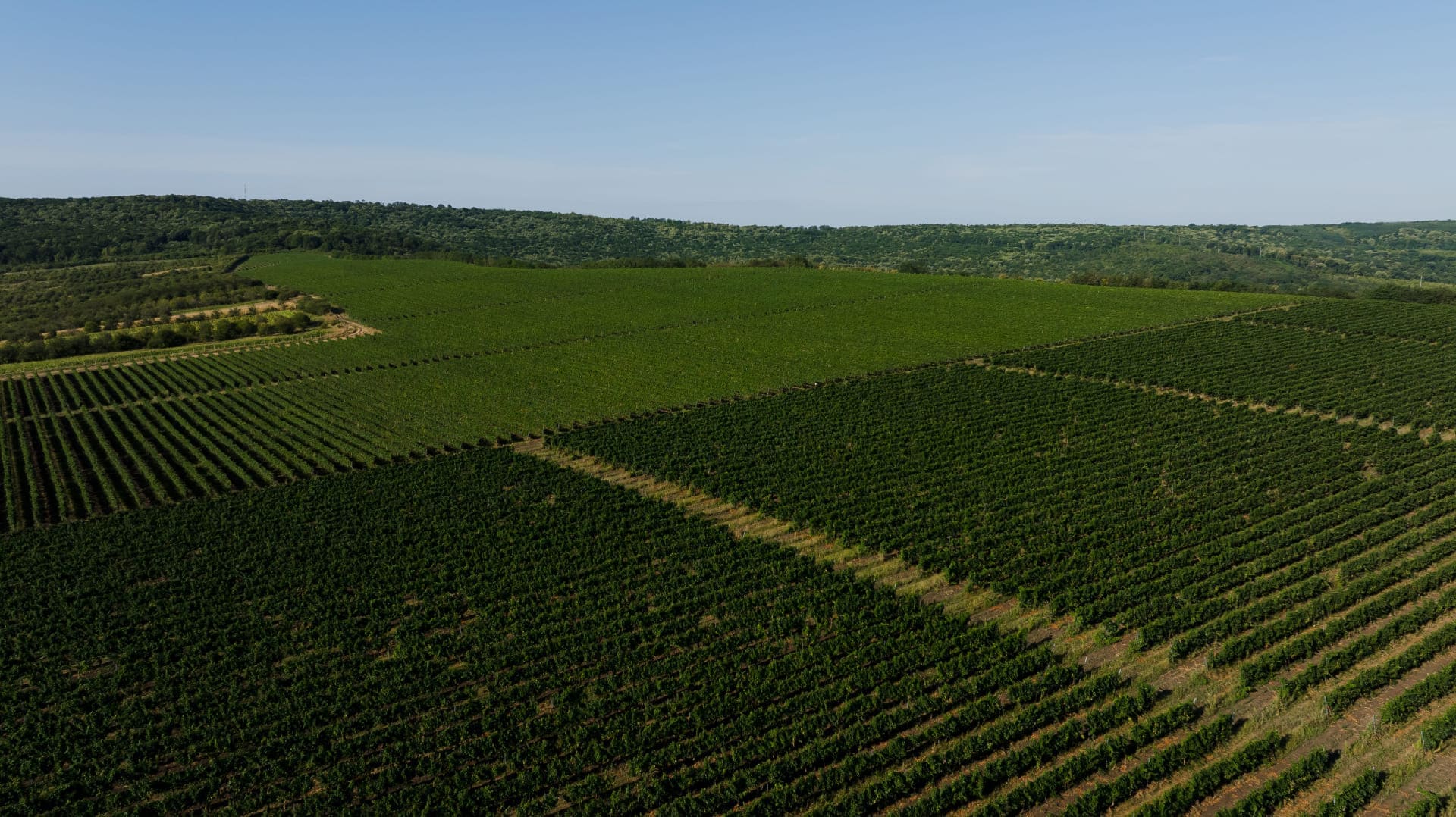
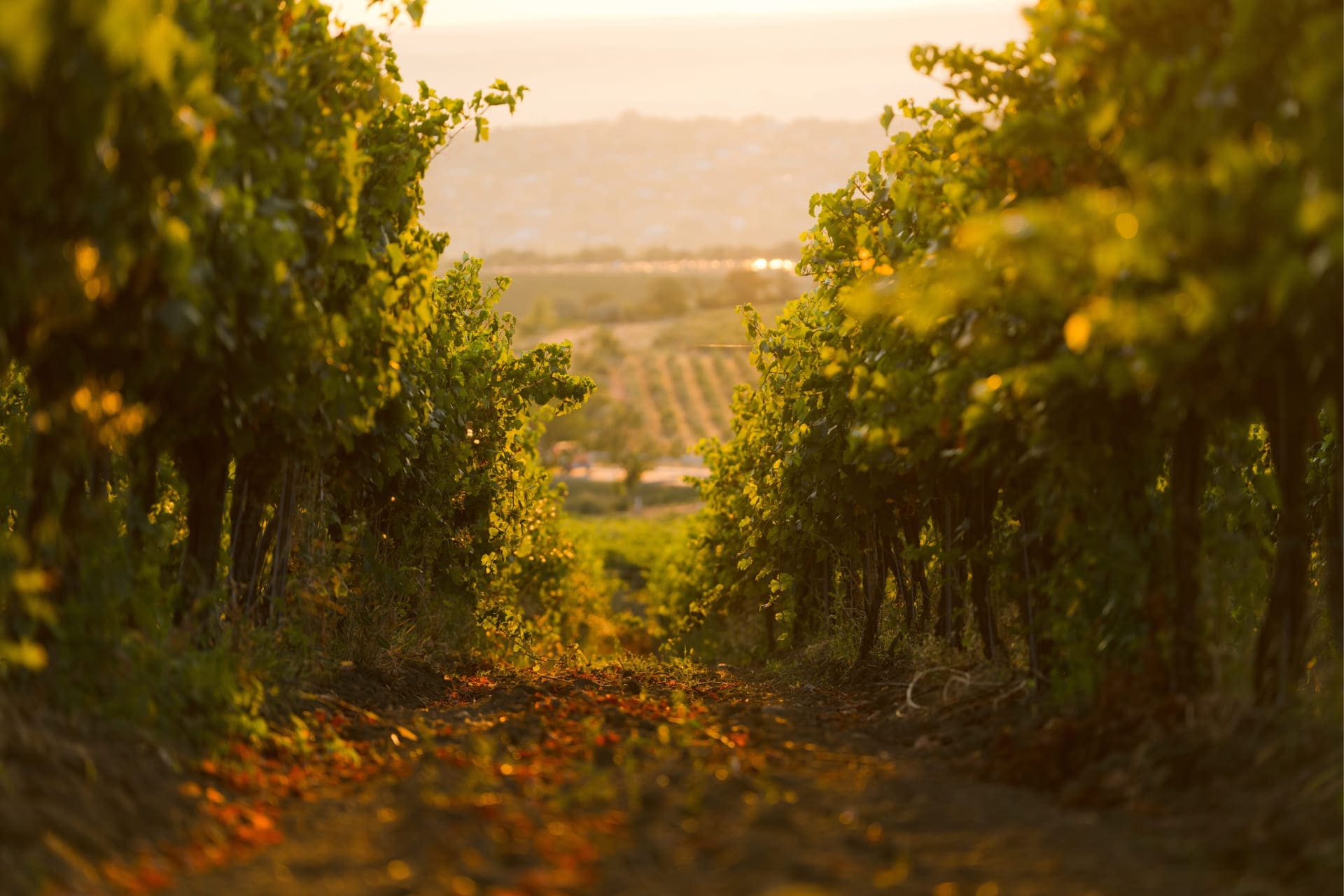
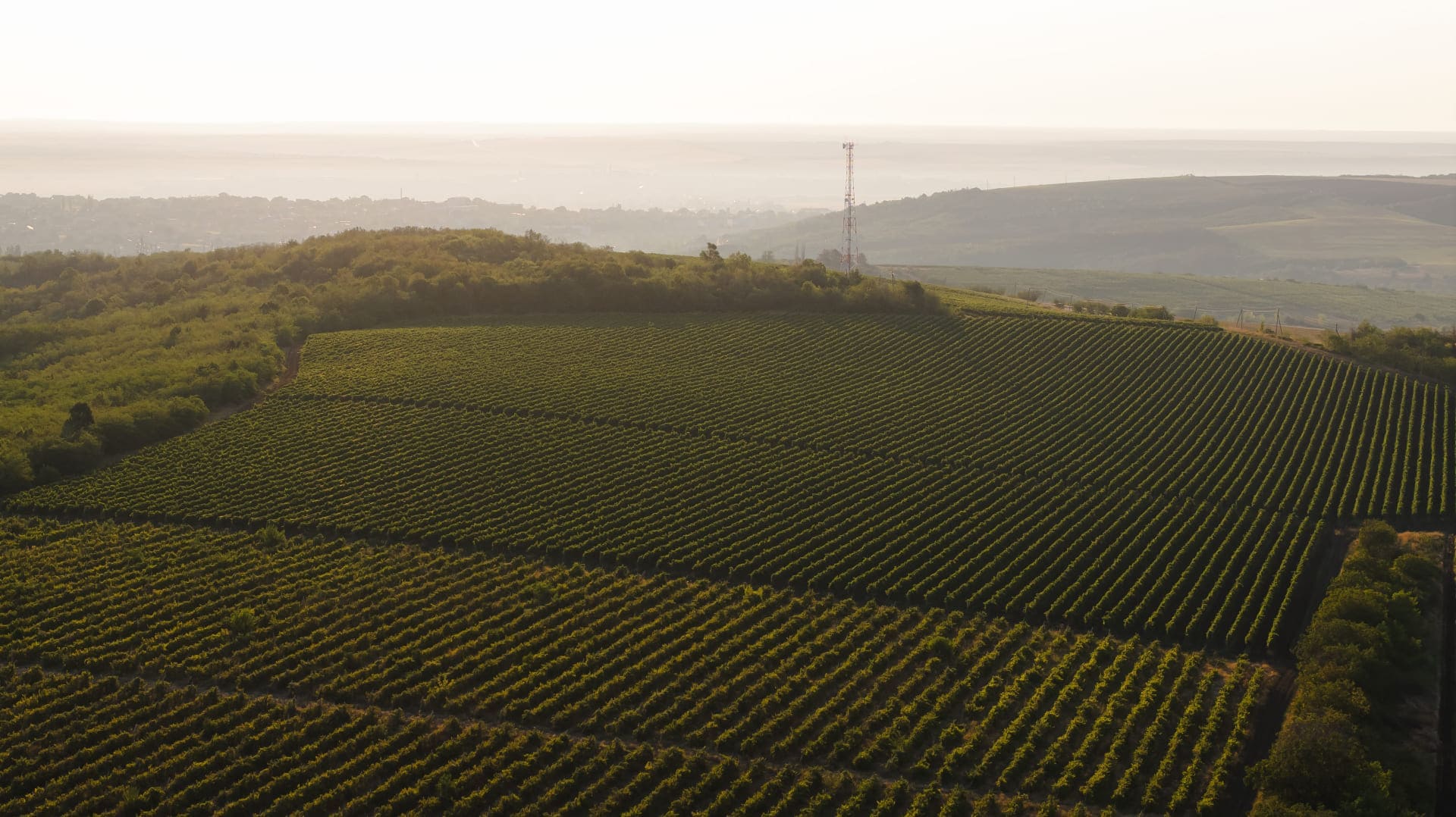
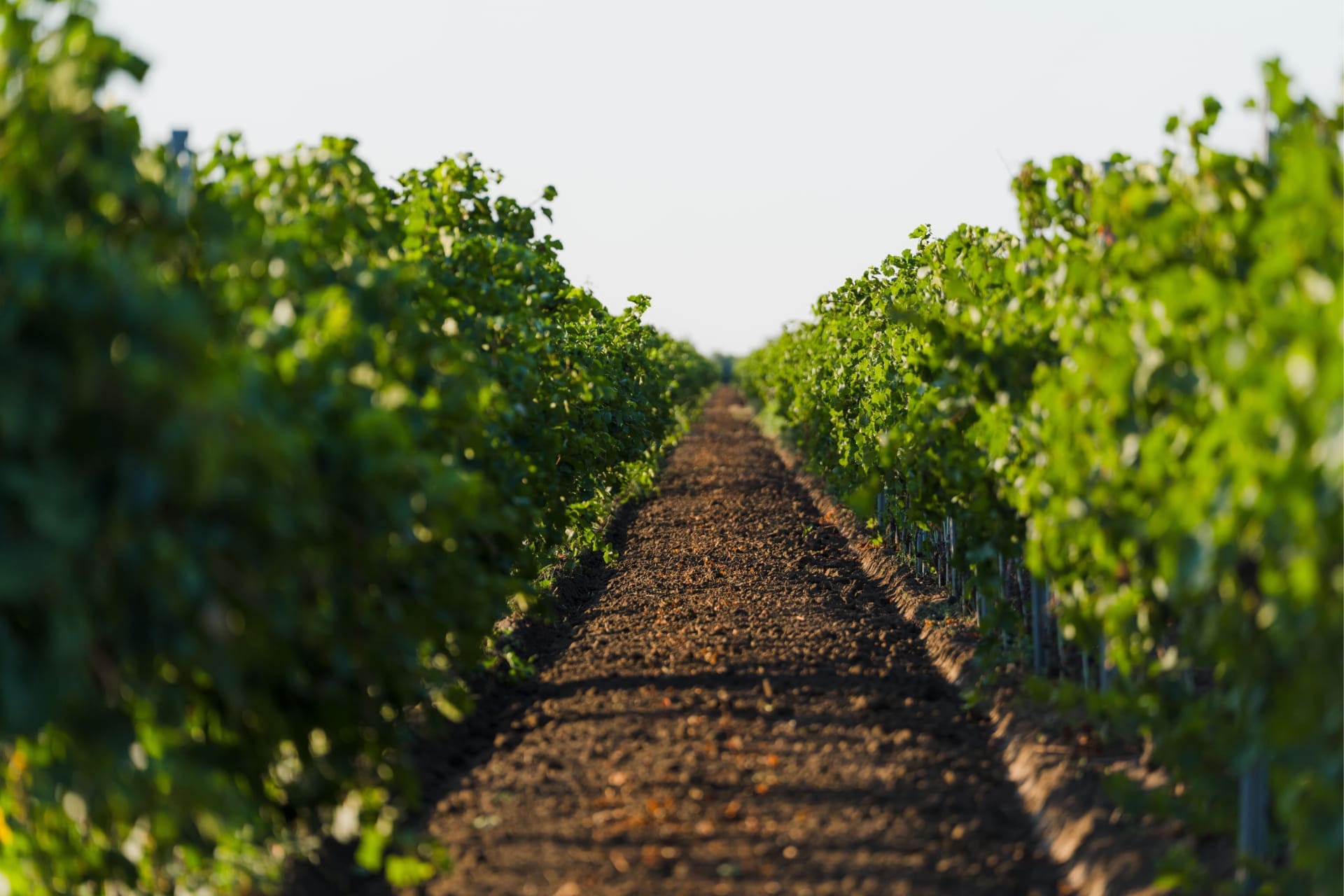
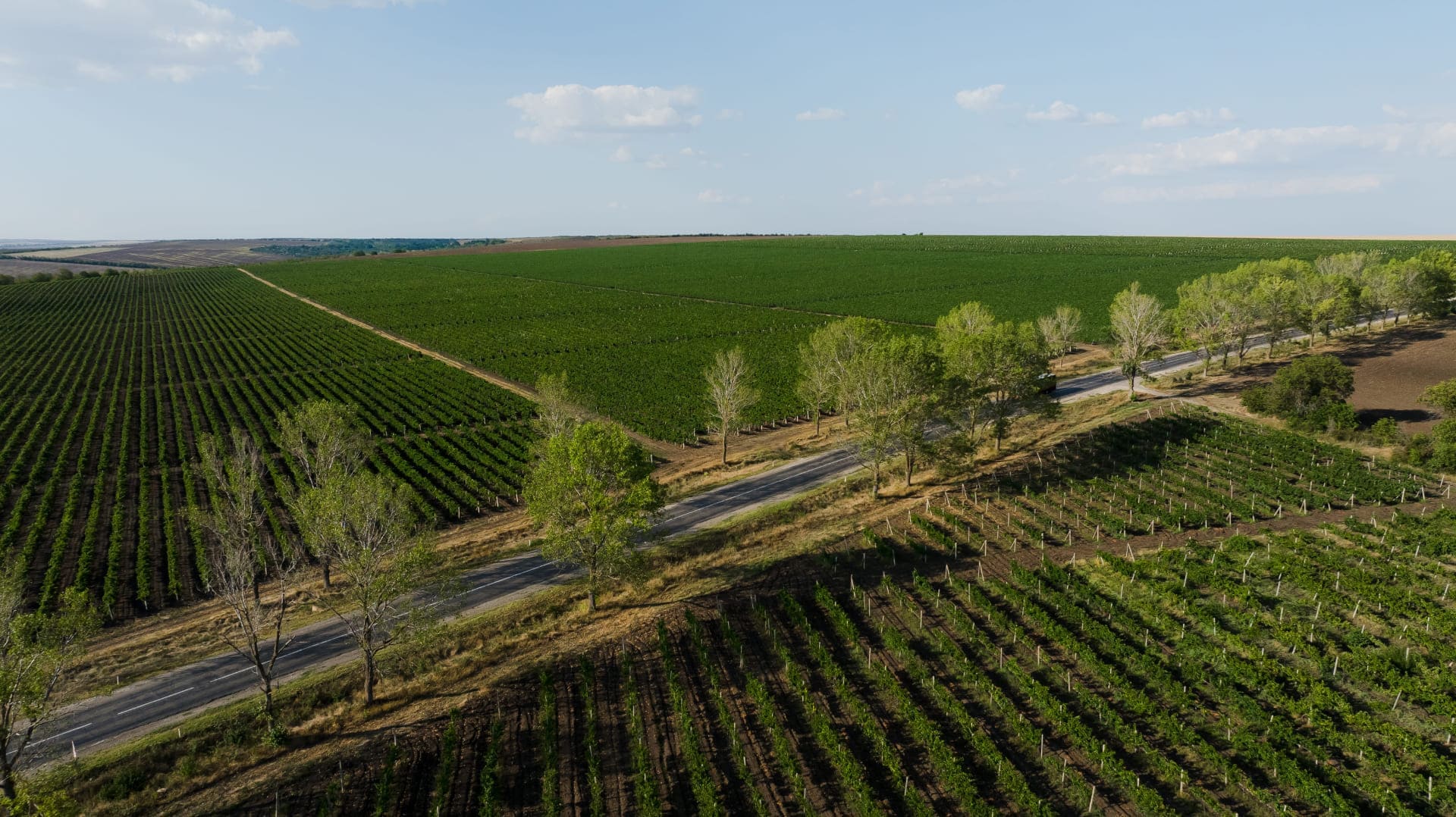
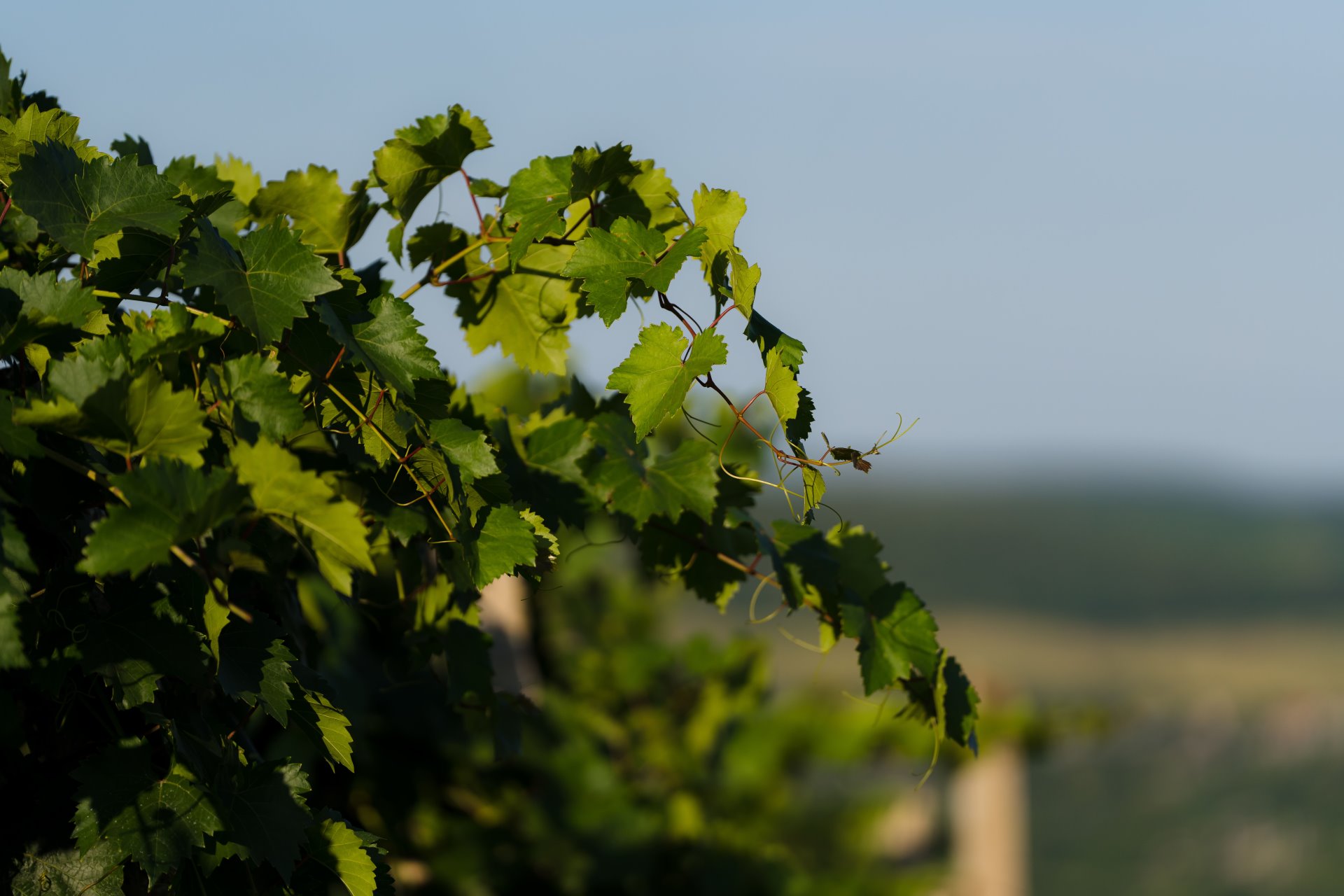
.jpg)